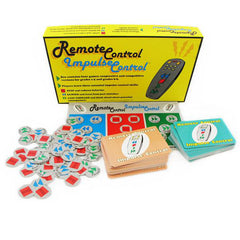Getting to College
Getting to College
Getting into college is becoming increasingly difficult. Non-competitive colleges have become very competitive, and the competitive colleges have become extremely difficult to get in. In the past students could count on easy entry to their state college system, but this is no longer true. Many state college and university systems have become very competitive, rejecting the majority of applicants. This game will help prepare and motivate students to take the early steps, such as taking challenging courses and getting involved in extra–curricular activities. They will also get critical information about the financial aid process. Additionally, many students who are not considering college would reconsider if they were aware of scholarships and other resources that could lessen the financial burden of attending college, as well as the tremendous lifetime income advantage that comes with a college degree.
The Getting to College™ game has been designed not only to be educational but also to be great fun to play for middle and high school students. The rules of the game are similar to, but not exactly the same as the rules of the 21 card game, also known as Black Jack. There is no gambling, but rather skillful and lucky players win scholarship grants. By turning over the top Scholarship card, players determine the amount of the scholarship they are playing for. Players take turns dealing. After each round, the banker gives the scholarship grant certificate to the winner.
The game box contains two decks of 52 cards – one for high school students and one for middle school and junior high students. Middle school is the right time to start thinking about college and to become motivated to work hard to qualify for the challenging courses that colleges look for when selecting students for admission.
Players: 2–5
Learning Objectives
Players will:
1. learn to recognize some of their own strengths and how to make use of them;
2. learn the value of higher education and improve their chances of entry to a college of their choice;
3. learn how to select colleges, including a safety school;
4. gain awareness of the importance of community service, extra–curricular activities, and good study habits; and
5. learn ways to find and compete for scholarships and other financial aid.






